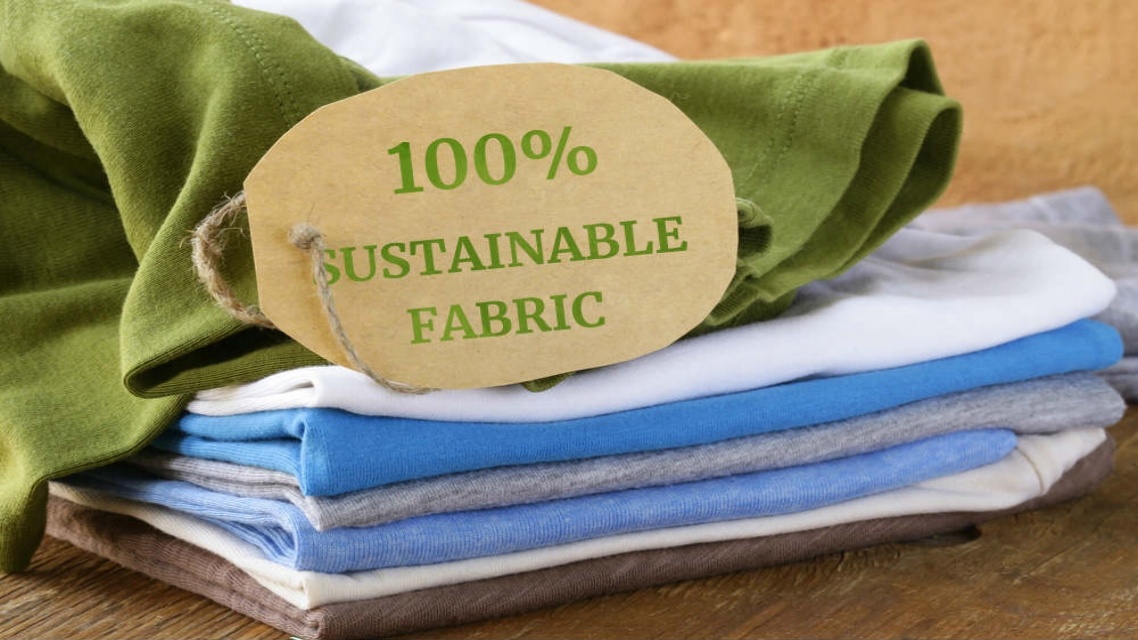We are more and more aware of the polluting nature of current fashion and the need to establish slow and sustainable fashion as the only option for consuming this industry. Often, the label “sustainable” or “recycled” is accompanied by companies’ eco-washing to sell a product that is not green as organic. To know how to distinguish what is “green-washing” from what is truly sustainable, it is essential to keep in mind that sustainability is not only environmental but also social.
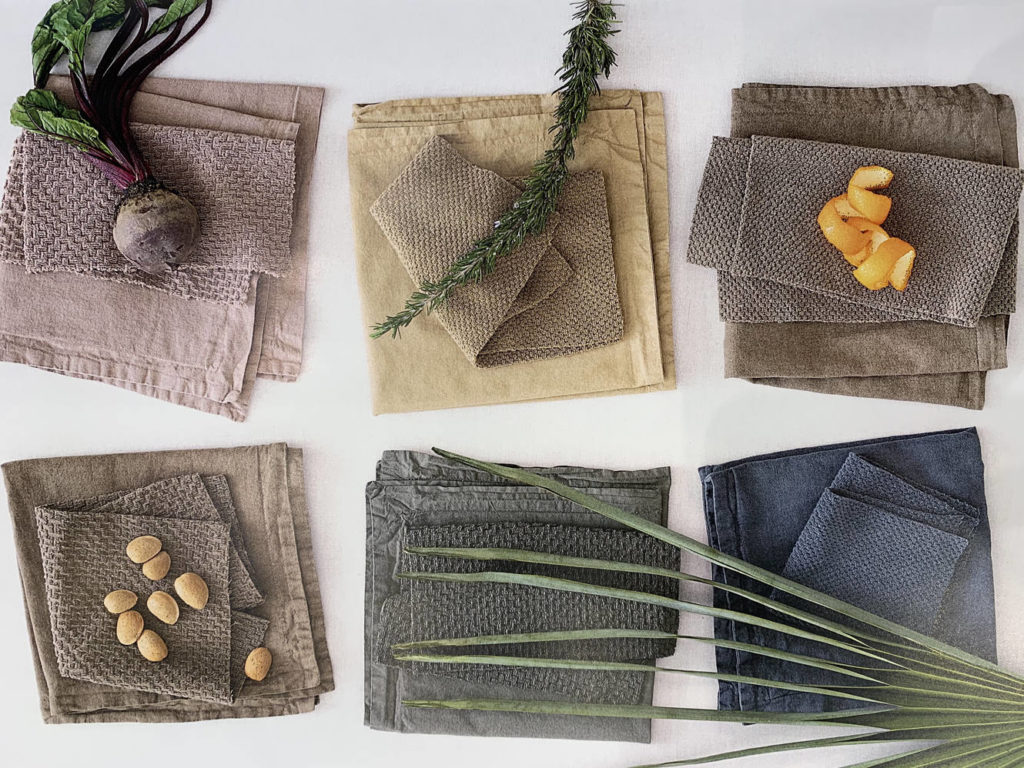
As for the more technical part, there are two types of standards that certify that the fabrics are durable. Firstly, the Commission Decision of 5 June 2014 establishes the ecological criteria for the EU Ecolabel award to textile products. Secondly, the rules that certify that garments made with these materials follow sustainable criteria in their manufacturing process. In other words, they regulate aspects such as product traceability, dyes, packaging or transport.
There are many durable and recyclable fabrics of plant and animal origin, which can be natural or artificial. In this article, we have selected ten that come from plants and foods.
1. Hemp
Hemp needs little water for its growth and is relatively resistant to pests, so there is no need to use pesticides or herbicides. It is a resistant fibre that protects against ultraviolet rays. It is also breathable, antibacterial and thermoregulating.
2. Coconut Shell
The coconut shell’s fiber is resistant, dries quickly, repels terrible odors, and protects against ultraviolet rays.
3. Bamboo
Bamboo is a plant that proliferates and does not require large amounts of water or pesticides. The fabric is made from this plant’s pulp; it is biodegradable, antibacterial, and has anti-allergic properties. Also, it protects against ultraviolet rays and is a thermal regulator.
4. Bananatex
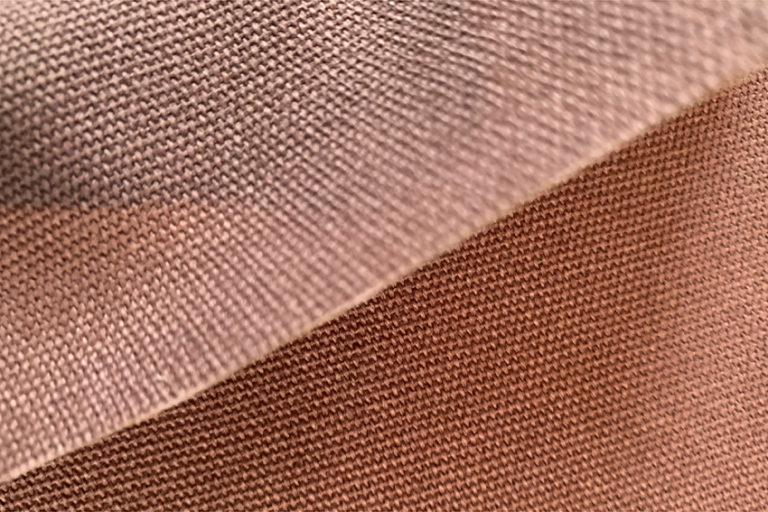
This fabric is obtained from the stalk of bananas or banana trees and has characteristics similar to bamboo, as it is biodegradable, renewable, anti-allergic, and breathable.
5. Orange Silk
The orange peel becomes a natural fiber once the cellulose is removed. The yarn is very similar to silk and can be mixed with other materials to create twill or poplin.
6. Fish Leather
Its tanning is similar to that performed on mammalian skin, although its healing process is more durable. Its skin is remarkably resistant and of an original aspect, being used for perch, salmon, sea bass.
7. Piñatex
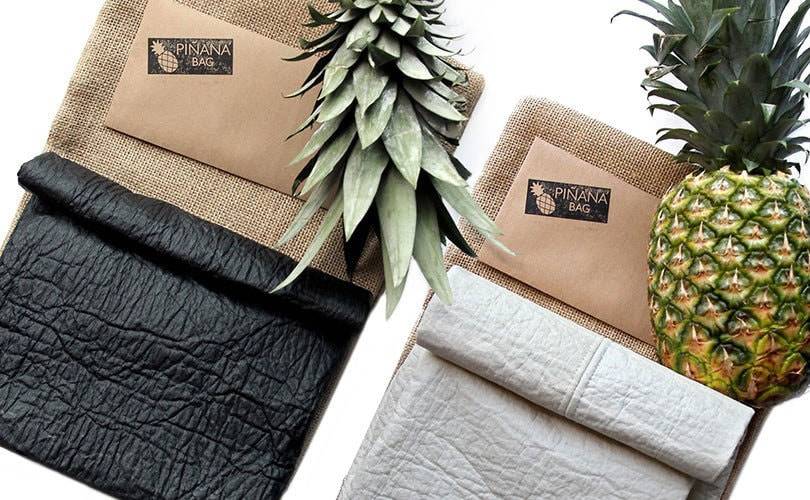
Piñatex is a vegetable leather that is extracted from pineapple leaves that are discarded at harvest time. This material does not require a specific crop field as it is obtained from pineapple waste and helps the communities that cultivate it.
8. Muskin
Nutmeg or mushroom leather is presented as an alternative to animal leather. It was created by an Italian company called Grado Zero Space, and it quickly releases moisture, which is why it is recommended in the manufacture of shoes, straps, or gloves.
9. Matuba Bark
This textile fiber is obtained from the bark of the Matuba tree, native to Uganda. The bark is extracted, boiled, and stretched into cloth. Besides, the tree itself regenerates the bark year after year.
10. Tencel
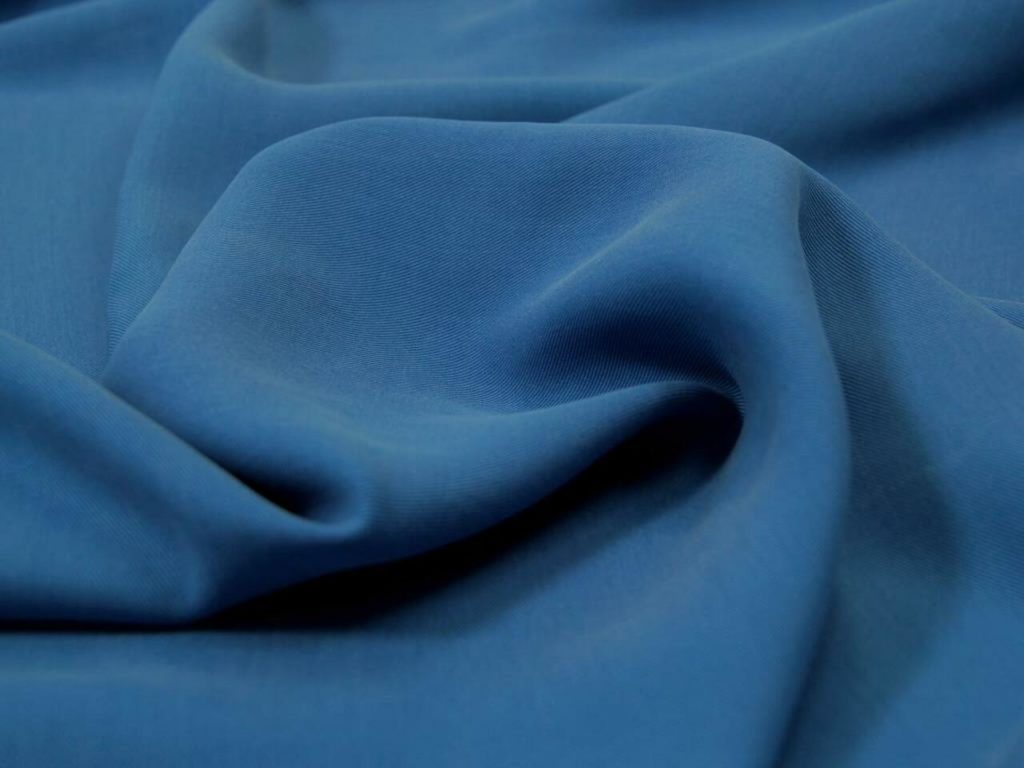
Tencel is made from the pulp of eucalyptus wood. Its extraction requires little water, and it is biodegradable. In addition, it is breathable, antibacterial, and thermal regulator.
It is sometimes difficult to find clothing governed by these sustainable principles, both environmentally and socially. However, if you look properly, you can find various women’s, men’s, and children’s clothing made with ecologically friendly fabrics that meet sustainable social requirements. It is manufactured in locations that reduce the carbon footprint.
Do you own any piece of cloth made with a sustainable fabric? Where did you find it, and what is your experience with it so far?
